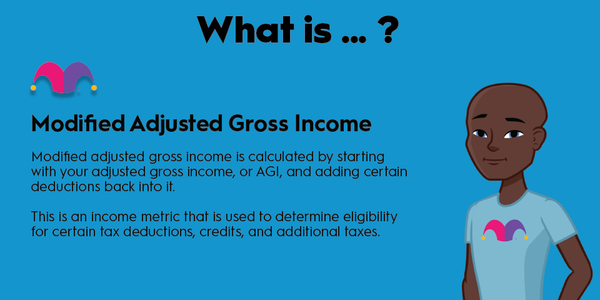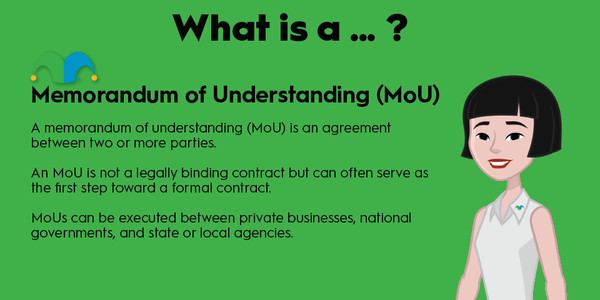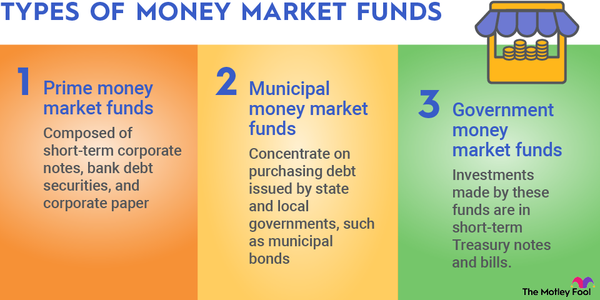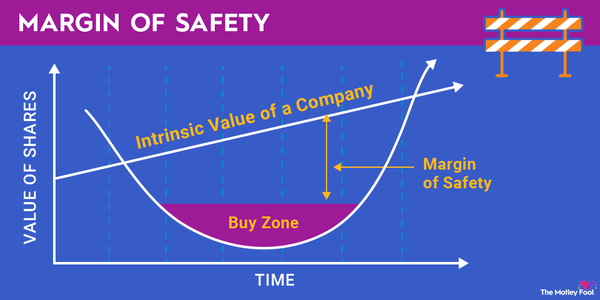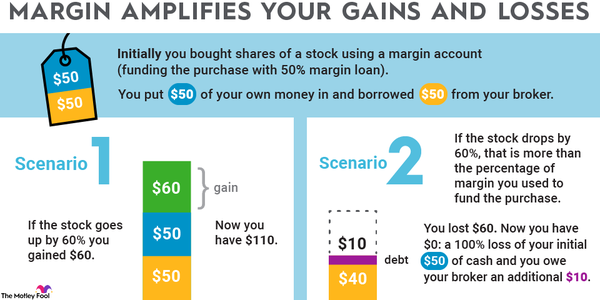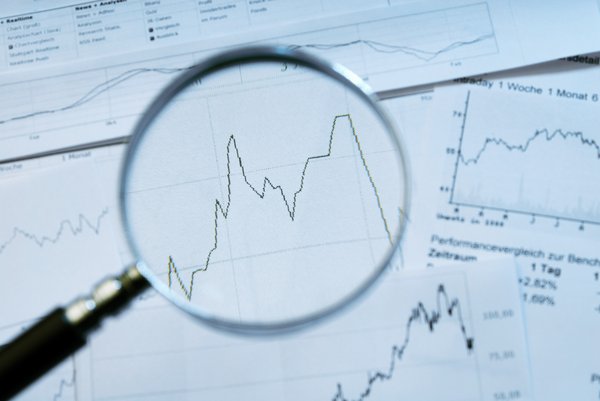Financial leverage can be a great benefit for investors. Without leverage, people wouldn’t be able to make purchases that far exceed their incomes. Millions of Americans would be unable to buy homes or automobiles. When leverage is applied to financial investments that increase in price, returns can be enormous. But when leveraged investments go south, the result can be a margin call, or a demand from a lender to deposit more capital into an account -- quickly.
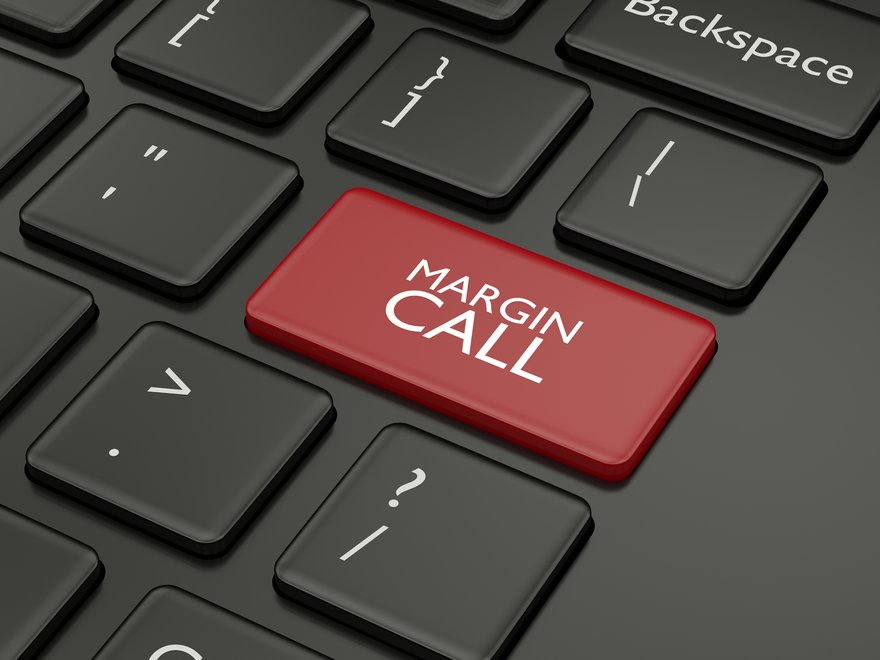
What is a margin call?
What is a margin call?
When you borrow money to fund part of your investments, you’re required to put up collateral, usually cash. If your investment falls below a certain level -- as a percentage of the value of an investment held with a brokerage -- then the broker issues a margin call. A margin call is when you’re required to deposit more funds to keep the amount of your investments above the margin.
The upside of buying stocks on margin is that they leverage your investment, allowing you to purchase far more than you could otherwise afford and increasing your gains. The downside of buying stocks on margin is that they leverage your investment, allowing you to potentially purchase far more than you could otherwise afford and increasing your losses.
Put simply, buying securities on margin can allow you to win big -- or lose big.
Why are margin calls important?
Why are margin calls important?
Individual margin calls are bad enough, but large numbers of margin calls have been known to lead to some of the worst financial crises of the past century.
During the 1920s, the stock market boomed and an increasing number of speculators bought stock with as little as 10% collateral. But when the market crashed in October 1929, millions of ordinary Americans who had invested their savings in stocks were financially wiped out. Unemployment approached 25%, and real wages fell more than 40%. The U.S. economy recovered only after entering a global war that killed at least 70 million people, or about 3% of the world’s population.
The Great Depression spurred the Federal Reserve Board to establish a minimum margin in 1934 of roughly 40% to discourage excessive speculation and the creation of stock market bubbles. Central bankers set the minimum at 50% in 1974; it’s remained unchanged since then.
Stock Market Bubble
Securities collateralized on margin, however, became a problem again in 2007 when the value of mortgage-backed securities plummeted during a massive housing bust. Banks that had loaned assets to investment bank Bear Stearns ordered it to increase collateral for the lost value. Bear Stearns was forced to sell $3.8 billion in collateralized debt obligations to cover the margin call and wound up declaring bankruptcy in the first of several financial dominos to fall in what became known as the Great Recession.
Between 2007 and mid-2009, when the downturn officially ended, U.S. households lost more than $16 trillion in wealth, with $6 trillion in real estate losses alone. The S&P 500 fell 37.6 percent during the Great Recession, far more than the 10% loss during the three-month recession that occurred during the early stages of the COVID-19 pandemic.
Dealing with margin calls
Dealing with margin calls
Not all margin calls lead to global financial catastrophes, of course. The value of investments fluctuates, and sometimes they decline more than anticipated. In cases where securities have been bought on margin, it’s best for investors to keep a careful eye on the value of their assets and add more funds to their brokerage account before a margin call is necessary.
Investors have three options for dealing with a margin call:
- Add more money to the account to cover the margin.
- Sell securities held in the account to cover the margin.
- Ignore the margin call and face legal consequences.
Typically, investors have two to five days to cover a margin call.
Related Investing Topics
Margin call example
Margin call example
There’s a relatively simple formula to calculate the margin call price:
Margin call price = Purchase Price* ((1-Initial Margin)/(1-Maintenance Margin))
Let’s say you want to buy 100 shares of Acme Corp. at $50 per share, but you want to borrow half of the $5,000 purchase price from your broker, who requires you to keep at least a 25% maintenance margin in the account to cover any unexpected losses.
The margin call price then is: 50* ((1-.5)/(1-.25)), or 50* (.5/.75), or 33.33
This means that if the price of Acme stock falls below $33.33, you’ll need to add funds or deal with a margin call.
Again, receiving a margin call is (generally) far from the worst thing that can happen to an investor. Although investing with borrowed money can be quite lucrative, it can also go wrong quickly. People who buy stocks on margin should be aware of the potential downsides and manage risks accordingly.


